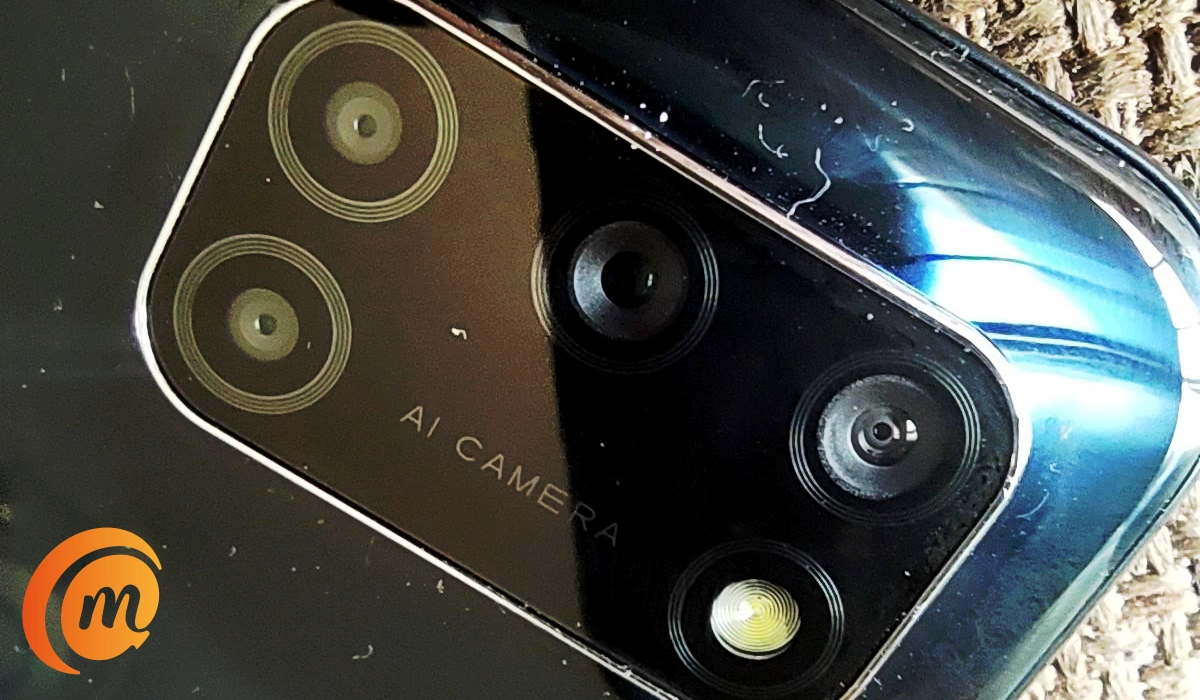When looking at phone specs, you have seen the word “PDAF” and probably wondered what it means and how it contributes to image quality.
The key takeaways from this article are: PDAF (phase detection auto focus) is a high-speed automatic focus technology. PDAF in consumer cameras generally uses some of the pixels for imaging on the image sensor as pixels for phase detection. A PDAF Camera provides faster focusing on the images.

Table of Contents
What is PDAF?
Sure, PDAF stands for Phase Detection Autofocus, and it’s a feature in your smartphone camera that helps it focus quickly and accurately, especially when taking pictures of moving objects.
Imagine you’re trying to take a photo of a friend who’s running. You want the picture to be clear and not blurry, right? PDAF is like having a super-fast assistant inside your camera. It quickly figures out where to focus so that your friend looks sharp in the photo, not like a fuzzy blob.
How PDAF works
Here’s how it works in simple terms: Your camera lens captures light from the scene you’re photographing. PDAF has special sensors that look at this light and determine exactly where it’s coming from. It’s like having two mini-cameras inside your main camera, each looking at the light from a slightly different angle. By comparing these two ‘views’, PDAF can tell if the image is in focus or not.
If the image isn’t in focus, PDAF will adjust the camera lens very quickly to correct it. This happens in milliseconds, so you usually don’t even notice it’s happening. But thanks to PDAF, your photos turn out clear and crisp, even if your subject is moving fast.
So, next time you snap a quick photo with your phone, you can thank PDAF for helping capture those special moments without any blur.